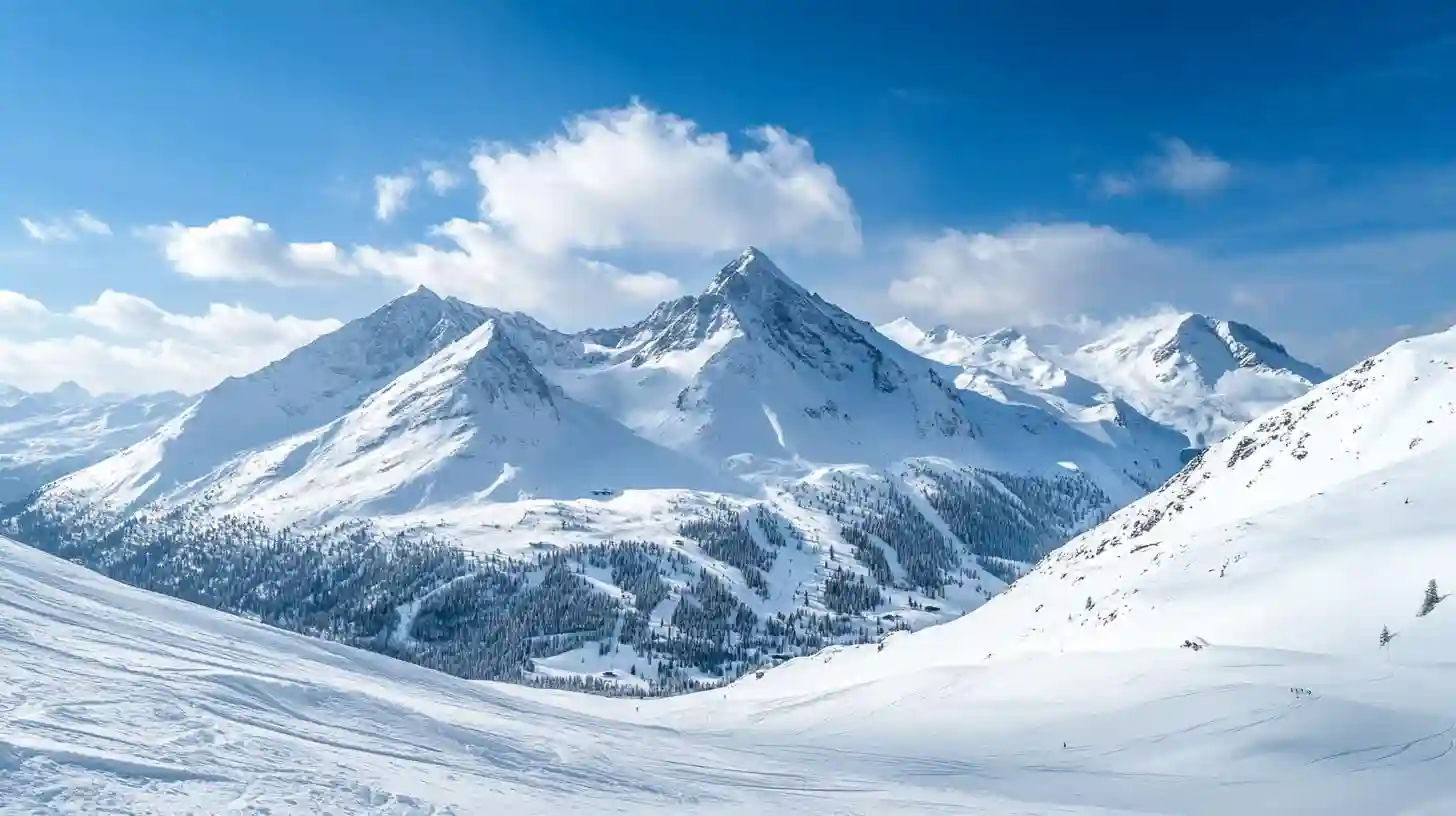
Knowledgetrovehq

Skiing is a thrilling sport that combines skill, speed, and precision, but even seasoned skiers can fall prey to common mistakes that may hinder their progress on the slopes. According to experts, many skiers struggle with fundamental techniques that can significantly affect their performance and overall enjoyment of the sport. Recognizing and addressing these issues can unlock a skier's potential, leading to improved control, balance, and technique.
One of the most prevalent mistakes skiers make relates to their stance and positioning on the skis. Many skiers, especially beginners, tend to adopt a stiff or rigid posture which compromises their ability to maneuver effectively. This rigidity not only makes it difficult to turn and balance, but it can also lead to fatigue over time. Experts emphasize the importance of maintaining a dynamic and relaxed stance. Instead of locking knees and keeping limbs overly tense, skiers should focus on bending their knees slightly, keeping their hips forward, and engaging their core. This approach allows for better weight distribution and enhances a skier's ability to respond to the terrain, resulting in smoother turns.
Another common error is the tendency to lean back on the skis while descending. This mistake is often driven by fear, as many skiers instinctively pull away from the slope instead of leaning into the turn. When a skier leans back, they shift their weight toward the tails of their skis, making it difficult to initiate and maintain a controlled turn. Experts remind skiers that leaning forward, with weight distributed more towards the front of the skis, promotes better control and stability. This forward lean not only helps in carving turns but also provides a greater sense of confidence as skiers navigate varying terrain. Finding the right balance and engaging the ski's edges will enhance performance on the slopes.
In addition, skiers frequently misunderstand the importance of using their upper body to steer and control their movements. Many rely solely on their legs to initiate turns, neglecting the stabilization and directional control that comes from the upper body. When skiers fail to incorporate their arms and shoulders into their technique, they hinder their ability to pivot and shift their weight efficiently, often resulting in less precise turns. Experts advise skiers to focus on using their upper body as a tool for steering. By actively engaging the arms and shoulders during turns, skiers can create a more balanced and effective movement that allows for quicker adjustments and better overall control. This holistic approach to skiing incorporates the entire body, micro-adjusting during runs that can make a remarkable difference.
Lastly, a mistake that often goes unnoticed involves the way skiers perceive and react to speed. For many, the thrill of skiing can feel overwhelming, leading them to panic as they gain momentum. This response can manifest as tightening the body and clenching the muscles, which ultimately reduces control and may lead to mistakes in technique. Experts recommend that skiers focus on embracing speed rather than fearing it. They suggest that skiers practice maintaining a relaxed body posture while allowing themselves to gain speed in a safe and controlled environment. Learning to navigate steep slopes or fast runs with confidence can be a transformative experience, and it encourages skiers to adopt a more fluid style, enhancing overall technique.
Addressing these four common skiing mistakes can fundamentally change a skier’s experience on the slopes. Adopting a dynamic stance, maintaining a forward lean, incorporating the upper body into movements, and embracing speed will cultivate a more refined technique. The journey to becoming a more proficient skier often requires time and patience, but with meticulous attention to these aspects, even intermediate skiers can find themselves progressing rapidly. As they implement these corrections, skiers will likely discover newfound exhilaration, control, and enjoyment in their time on the mountain, unlocking a deeper passion for the sport of skiing.